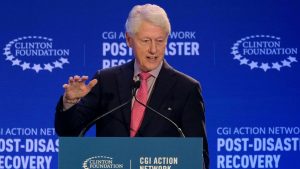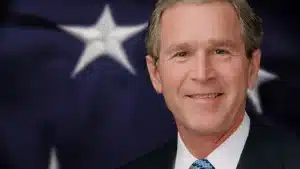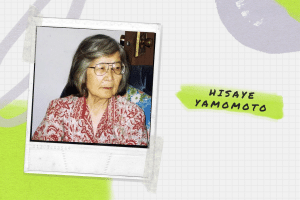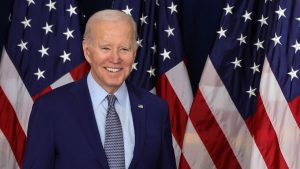Living Life to the Fullest: Alix Earle’s Inspiring TikTok Journey
In today’s digital age, social media platforms have become a powerful tool for self-expression and empowerment. One such platform is TikTok, where users can share short videos showcasing their creativity, humor, and talent. Among these creators is Alix Earle, whose inspiring journey on TikTok has garnered attention and admiration from many. Alix’s story is about […]










